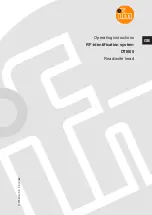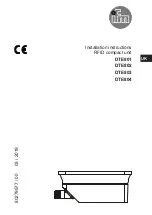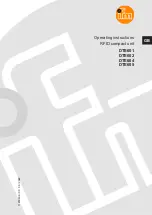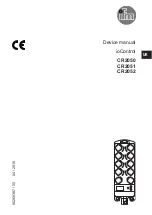
Chapter 10 - Operation Section
Medha Servo Drives Pvt Ltd.
48
3. Slowly open Air valves on the Locomotive and the train to cut in
brakes.
4. Pump up Air using the procedure given in the next section.
10.10 Pumping Up Air
After cutting in Air brakes on train, note the reaction on the control console
MAIN RESERVOIR pressure gauge. If pressure falls too low, the Locomotive
Computer automatically increase Engine speed to Notch 2 and displays the
Message: "Engine speed Increases – Air compressor operation". After
getting sufficient MR pressure, Engine speed comes back to Idle. If the MR
pressure falls < 8 kg cm
2
, the LCC automatically increases Engine speed to
Notch 4. After getting sufficient MR pressure Engine speed comes to Idle.
10.11 Double Heading Service
In double heading service, an extra Locomotive is temporarily coupled to the
lead end of the Lead Locomotive, Air Brake pipes are connected between
them, but MU jumper electrical cable are not provided. There is a Driver in
each Locomotive.
Prior to Double Heading behind another Locomotive, make a full service
brake pipe reduction with the Automatic Brake valve and set the brake
system in the Lead-out mode.
The operation in the throttle is normal, but the Brakes are controlled from the
lead Locomotive. An Emergency Air Brake application may be made
however, from the Automatic Brake Valve of the second Unit. Also, the
Automatic Brake on this Locomotive may be released by pulling up Bail-off
release ring on the Independent Brake Handle, while Automatic and
Independent Brake handles are set in REL (release).
10.12 Helper Service
In HELPER service, an extra Locomotive is temporarily coupled to the rear
of the Train.
HELPER Air Brake system set-up is the same as for double heading
Locomotives. There is no basic difference in the instructions for operating the
Locomotive as a helper or with a helper. In most instances it is desirable to
get over a gradient in the shortest possible time. Refer to Rail Road operating
Rules And Instructions.
















































